Originally submitted in March of last year but only published on Thursday, the patent for a "Force Imaging Input and Device System" describes today's touchscreens and touchpads as limited by their relatively simple input, which tracks just the location of the finger or stylus on the surface. A method of detecting the strength of the user's input would add a new element of control, according to Apple.
"One drawback to using touch pads as input devices is that they do not generally provide pressure or force information," the company writes. "Force information may be used as another input dimension for purposes of providing command and control signals to an associated electronic device."
To solve the problem, the patent's inventors Brian Huppi and Steven Hotelling have suggested lining touchpads with a set of traces joined together by a sandwich-like spring membrane layer underneath the surface. Touching the pad would deform the traces and create a capacitive image in circuitry, indicating where contact has been made.
But unlike traditional capacitive or resistive touch surfaces, the membrane would help create a second image that recognizes just how much pressure has been applied at a given point; the harder the user pushes, the closer the membrane reaches conductive elements inside the layer and the more force would be registered with each press.
Though Apple's patent application primarily describes a touchpad like those used for the company's MacBook lines, one variant mentioned in the document would also allow for an LCD touchscreen with the same features, raising the possibility of an iPhone or other touch-sensitive computer with the new control scheme. Computers, phones, PDAs, and control panels are listed as candidates for the technique, although Apple is not obliged to manufacture any products using its invention.
Importantly, however, the company notes that the system would recognize more than one source of input at the same time, allowing the firm's existing multi-touch system to work with the pressure-sensitive feature intact. Apple goes so far as to reference an older patent for a "Multipoint Touch Screen," one of the cornerstones of its iPhone technology, as supporting evidence for its new control method.
 Katie Marsal
Katie Marsal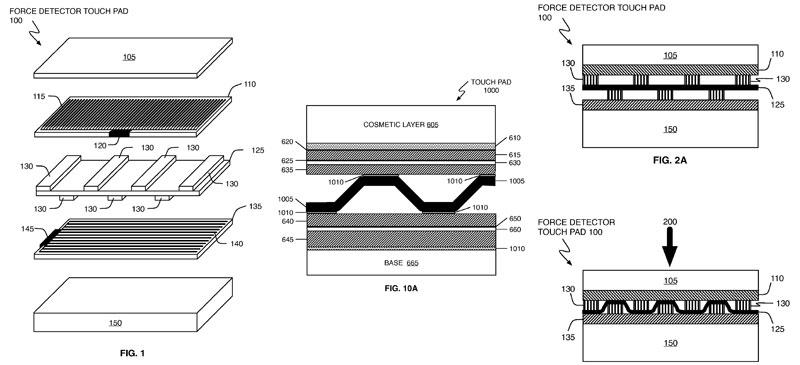


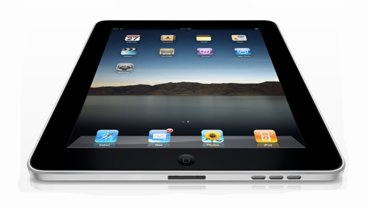




-m.jpg)






 Wesley Hilliard
Wesley Hilliard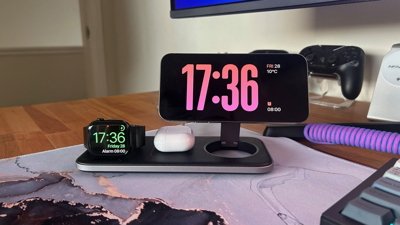
 Oliver Haslam
Oliver Haslam
 Christine McKee
Christine McKee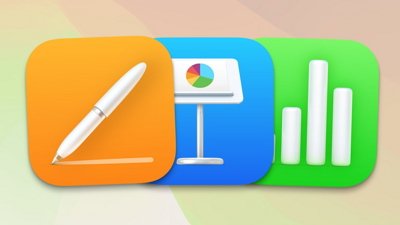
 Amber Neely
Amber Neely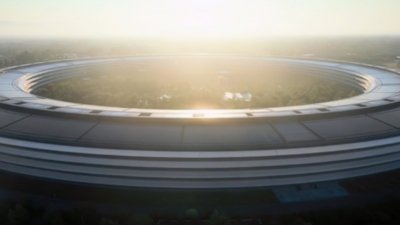
 Andrew Orr
Andrew Orr

 Sponsored Content
Sponsored Content









21 Comments
I can imagine screens across America looking like jelly has been smeared across them at the end of the work day. Blech!
"Screens' for some reason or other implies 'vertical', these are handhelds.
they should develop a keyboard with such technology. One that would change the icons on your keys everytime you switch fonts or switch applications. This will be awesome for an ultra-thin notebook's keyboard.
they should develop a keyboard with such technology. One that would change the icons on your keys everytime you switch fonts or switch applications. This will be awesome for an ultra-thin notebook's keyboard.
I think the Optimus keyboard could do that. It's of dubious value though. Using a touch screen for a keyboard makes sense in the iPhone and iTouch because the idea was to maximize screen size and still be compact and durable. That trades tactile feel for more screen. A notebook really doesn't need to do that so much, at that point it's probably trading away too much to expect the screen to double as a keyboard, or to get a second screen that works as a keyboard (and play e-Battleship!?).
Essentially, this patent allows people to use the iPhone or iPod Touch with gloves on.